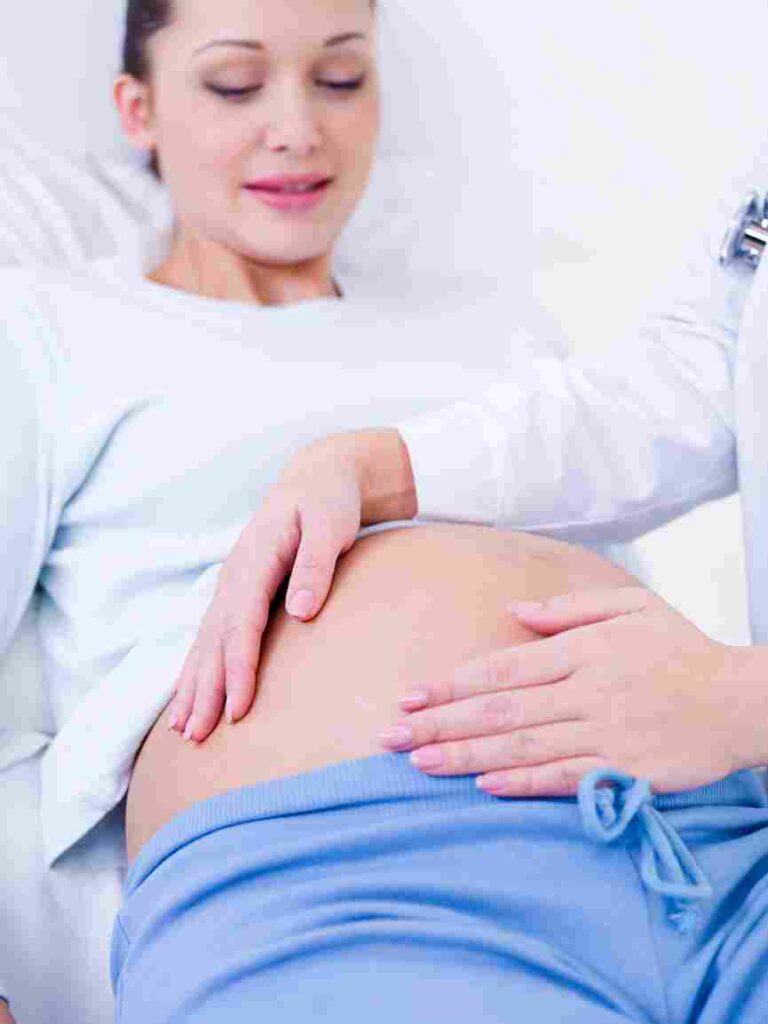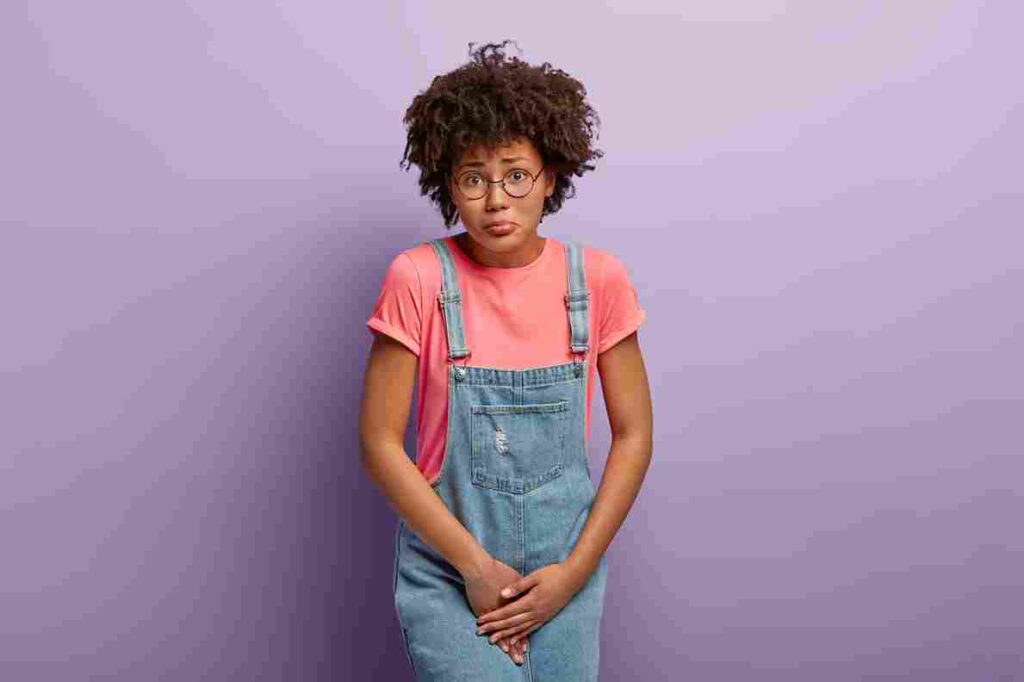


While diastasis recti is a common occurrence, understanding its implications and taking proactive steps to prevent it can contribute to a more comfortable and smooth pregnancy experience.
Diastasis recti is also known as abdominal diastasis or abdominal rectus diastasis. During pregnancy, the body changes a lot. The growing baby makes space for itself in the pregnant woman’s abdomen. Because of this, the right and left straight abdominal muscles move too far apart, and this separation of muscles starts to develop diastasis recti. In some cases, abdominal diastasis also happens due to excessive fat or being overweight, and due to this, it can also cause the abdominal wall to be overstretched.
The area between the two abdominal muscles is a strip of tendon called the linea alba and is normally one to two centimetres wide. Usually during pregnancy, due to increased pressure, the connection between the two muscle areas can diverge greatly, and the tendon strip between them can have a wide gap. As a result, from the outside, the muscles can be seen drifting apart as narrow, vertical protrusions.
Diastasis recti are usually most pronounced in the area of the navel and are between one and ten centimetres long. It can occasionally reach the pubic bone from the costal arch.
In this blog, we’ll talk about diastasis recti symptoms, diastasis recti treatments, and how to avoid it during pregnancy.

Diastasis recti is characterized by a narrow, vertical protrusion in the middle of the abdomen. This is related to the stresses on the tissue structures during pregnancy. Some additional symptoms of diastasis recti include:

It is of the utmost importance to emphasize the significance of seeking expert medical consultation before making any decisions regarding the treatment of diastasis recti. Diastasis recti treatments vary greatly, ranging from special exercises to surgery. The guidance and expertise of healthcare professionals will facilitate the determination of the most suitable exercise regimen tailored to your individual needs.

According to healthcare professionals, walking and sitting upright help prevent the weakening of the diastasis recti muscle. This tip is even more important for pregnant women who are over 35 years old, are expecting twins, or already have, for some reason, the wrong muscle pattern.

It is advisable to practice activities such as swimming, running, and pilates during pregnancy. Exercises that strengthen the perineum are also recommended. It is important to note, however, that you cannot do activities that require you to bend your torso backward or stretch your abdomen too much.
Be cautious when getting in and out of bed or rising from a lying down position. Roll onto your side and use your arms to push yourself up, rather than relying solely on your abdominal muscles.
On the market, there are some bands and straps available that are suitable for pregnant women and can be used to firm the abdomen a little and prevent muscle strain.
Soon-to-be mothers should focus on strengthening their core safely and in the right way. Pelvic tilts, modified planks, and exercises that focus on transverse abdominis activation can be beneficial.
Avoiding activities that put pressure on the abdomen, such as heavy lifting or high-impact exercises, is crucial both during pregnancy and after delivery. These actions exacerbate diastasis recti and make it more challenging to treat.
Consume a balanced diet rich in nutrients that support collagen production, which can aid in maintaining skin elasticity.
Aim for gradual, healthy weight gain during pregnancy. Excessive weight gain can put extra stress on the abdominal muscles and trigger abdominal separation pregnancy.
When lifting objects, use proper lifting techniques. Bend your knees, engage your leg muscles, and avoid putting excess strain on your abdominal muscles.
Practice diaphragmatic breathing, which encourages activation of the transverse abdominis muscle while minimizing strain on the rectus abdominis.
Be well-hydrated to support the health and elasticity of your skin and connective tissues.
Seek guidance from a doctor, physical therapist, or prenatal fitness expert who can recommend safe and effective exercises and techniques tailored to your individual needs.
Pregnancy is a typical trigger for diastasis recti. During pregnancy, as the baby grows in the womb, the abdominal muscles stretch and lose their tension. In addition, the pregnancy hormone relaxin has a relaxing effect and promotes stretching of the linea alba, which results in diastasis recti.
In addition to pregnancy, obesity can also lead to a midline fracture in some cases since the excess abdominal fat also stretches the abdominal wall, and thus abdominal separation pregnancy can develop more easily.
Treatment options for diastasis recti vary greatly, ranging from special exercises to surgery. Exercises aim to strengthen your abdominal muscles to reduce the distance. Surgery is rarely necessary for diastasis recti. The suitable surgical method depends primarily on the distance between the straight abdominal muscles and the extent of the slackening of the skin on the abdominal wall.
Remember, every pregnancy is unique, and the degree of diastasis recti can vary among individuals. While these tips can help minimize the risk of diastasis recti, it’s important to prioritize your comfort and well-being. If you notice any symptoms of abdominal separation pregnancy or have concerns, consult with your doctor for personalised guidance and recommendations.